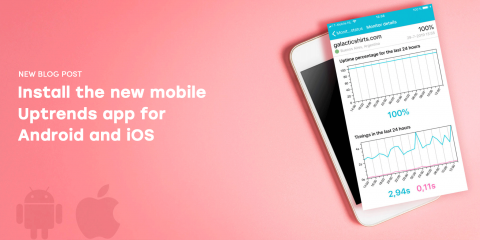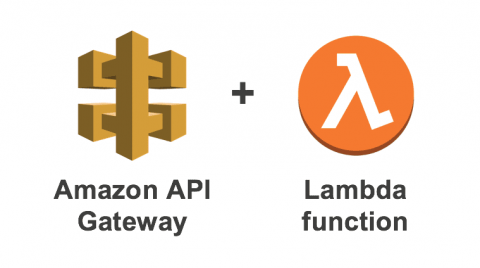Install Uptrends' new mobile app for Android and iOS
We’re happy to tell you that we’ve released a brand new mobile app for Android and iOS! We released the first version a few months ago on Android, and we’ve since added some great new features. The new version is ready for you in either the Google Play Store or Apple’s App Store. The perfect addition to your website monitoring regime.










